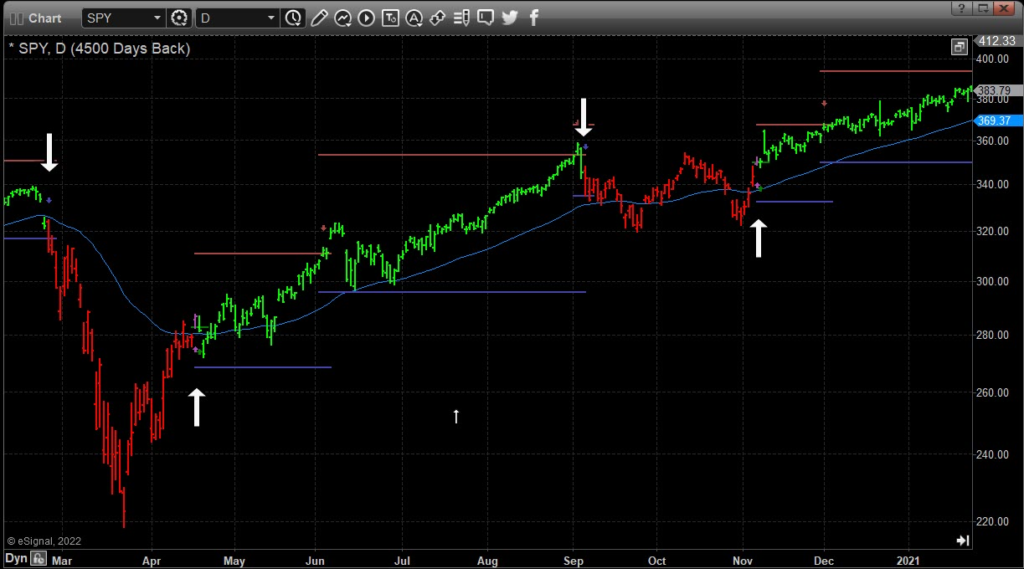
ETF revesting has become an increasingly popular investment choice for investors in recent years. But what exactly are ETFs, and why is asset revesting gaining popularity?
In this article, we’ll explore the ins and outs of ETFs, and ETF revesting, including the top 10 benefits, why everyone uses them, and why they are a great option for both new and experienced asset revesters.
ETFs move slower than individual stocks, but this is a positive aspect of the strategy. ETFs are highly liquid, which means that investors can easily buy and sell them, often at a minimal cost. ETFs are also tax-efficient, generating fewer capital gains distributions. This makes them a great option for investors looking to manage multi-million dollar accounts without having to worry about elevated portfolio volatility (risk).
Our Top ETF Brands for Asset Revesting
These are the ETF firms we use with our asset revesting strategy and know they work well:
Vanguard asset revesting
Fidelity asset revesting
Invesco asset revesting
State Street asset revesting
iShares asset revesting
What are ETFs?
Exchange-traded funds, or ETFs, are a type of investment vehicle that allows investors to buy and sell a specific asset in a single transaction. ETFs are similar to mutual funds in that they offer investors exposure to a broad range of assets, but they are traded on exchanges like stocks and can be bought and sold throughout the day.
The Primary Advantages of ETF Revesting
One of the primary advantages of ETFs is their diversification. By investing in an ETF, you can gain access to a wide range of assets, including stocks, bonds, commodities, and currencies, all in a single investment transaction. This can help to reduce the overall risk of your portfolio and provide a more stable investment experience when using a multi asset revesting strategy which rotates capital into the strongest asset at any time.
Another advantage of ETFs is their low cost. Unlike mutual funds, which often have high management fees, ETFs typically have lower expense ratios, making them a more cost-effective investment option. In addition, because ETFs are traded on exchanges, they are subject to fewer trading restrictions and can be more easily bought and sold than traditional mutual funds.

Top Benefits of Investing in ETFs
Exchange-traded funds, or ETFs, have become a popular investment choice for many investors due to their convenience, flexibility, and cost-effectiveness. Here are the top 10 benefits of ETFs:
- Diversification
ETFs offer investors exposure to a broad range of assets, including stocks, bonds, and commodities, all in a single investment. This can help to reduce the overall risk of your portfolio and provide a more stable investment experience. - Low costs
ETFs typically have lower expense ratios than mutual funds, making them a more cost-effective investment option. - Convenience
ETFs are traded on exchanges like stocks, which means they can be easily bought and sold throughout the day. This makes them a convenient investment option for busy investors. - Tax efficiency
ETFs are generally more tax-efficient than mutual funds, as they generate fewer capital gains distributions. - Professional management
Many ETFs are managed by professional investment managers, which can provide investors with a level of expertise and due diligence that may be difficult to achieve on their own. - Flexibility
ETFs can be used for a variety of investment strategies, including long-term investing, short-term trading, and income generation. - Transparency
ETFs provide investors with a clear and transparent view of their underlying holdings, which can help them make informed investment decisions. - Liquidity
ETFs are highly liquid, which means they can be easily bought and sold in the market, often at a minimal cost. - Customization
ETFs can be customized to fit individual investment goals and risk tolerance, making them a versatile investment option. - Wide range of choices
There are hundreds of ETFs available in a variety of sectors and asset classes, which gives investors a wide range of choices to meet their specific investment needs.
Why ETF Revesting is Growing in Popularity
The popularity of ETFs has grown significantly in recent years due to their many benefits, including diversification, low costs, convenience, and tax efficiency. According to the Investment Company Institute, the assets invested in ETFs have grown from just $4 billion in 2000 to over $6 trillion in 2021.
The growing popularity of ETFs can be attributed to their ability to provide investors with diversified exposure to a range of assets at a low cost, as well as their convenience and flexibility. As a result, it is not surprising to see the growth in assets invested in ETFs, which have increased significantly over the past two decades.
ETF Revesting Conclusion
With the many different types of ETFs available, including index funds and actively managed funds, ETFs can be invested in a variety of sectors and asset classes, including stocks, bonds, commodities, and more. This effectively provides investors with a broad range of choices to meet their specific investment needs.
Overall, ETF revesting is a popular and useful investment strategy completely different from the traditional buy-and-hold strategy used by firms like Fidelity, Schwab, and financial advisors. Some individual investors have been using asset revesting newsletters and having these strategies autotraded and executed in their self-direct investment accounts on autopilot.
